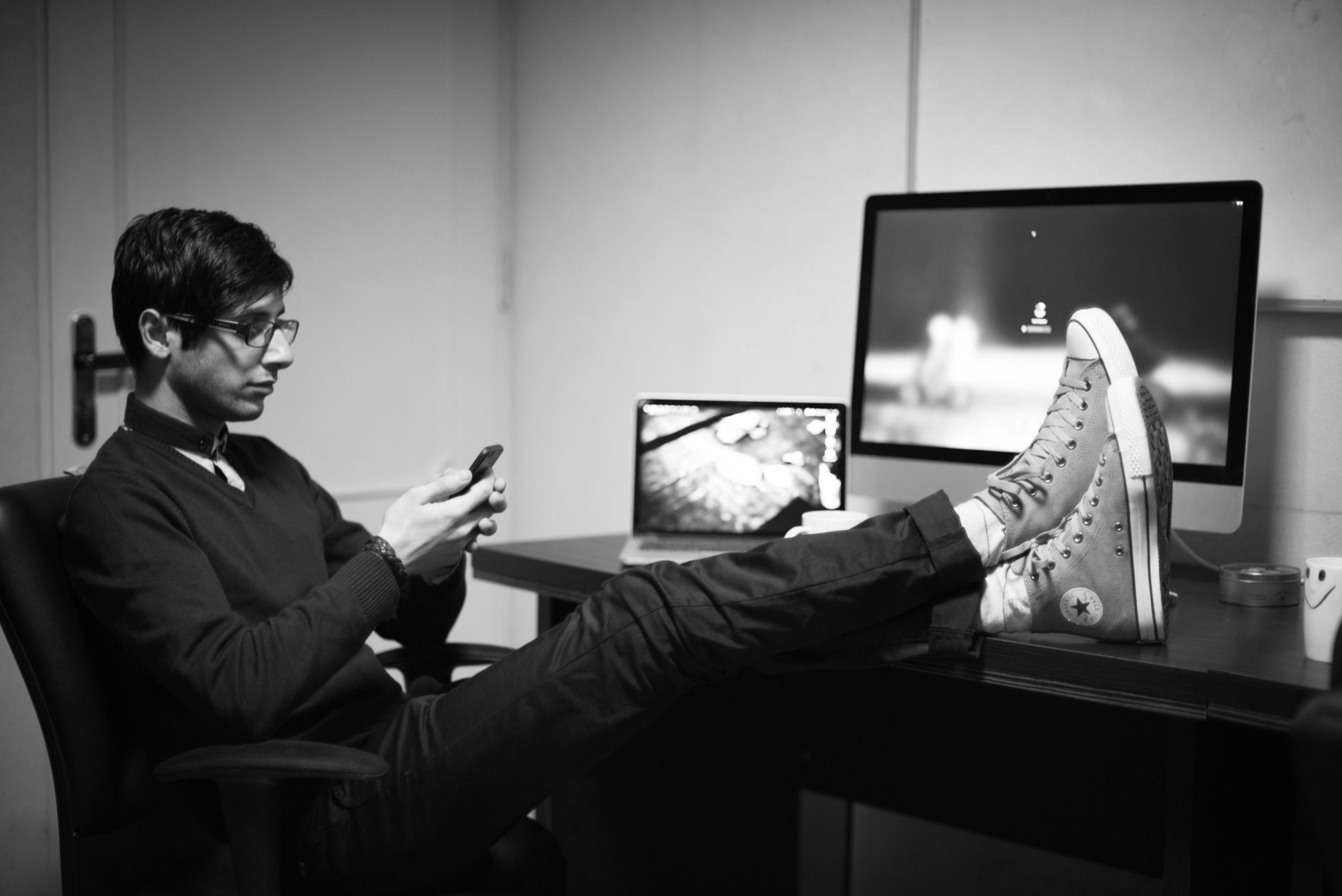After working from home, many young people felt uneasy about returning to the office. In response, forward-thinking companies are reimagining the office experience, using workplace tech to compete with the comfort and flexibility of remote work.
So, what is “workplace tech”? Broadly speaking it includes systems aimed at making the office more connected, sustainable and user-friendly. This can include everything from smart sensors that track air quality to apps that let you book a desk or meeting room from your phone.
Tech that’s good for the planet
Concern about climate change is becoming more widespread among younger workers, and so it will come as a source of reassurance to know that the buildings they are working in day-to-day are doing their part to mitigate emissions:
- At the Buckley Building in the EC1R area of Clerkenwell/Farringdon, motion and daylight sensors adjust the lights automatically.
- At 22 Bishopsgate in the heart of the city, smart chillers manage cooling based on real-time data to conserve energy.
Unlike a one-time eco-friendly certification, these systems actively reduce emissions every day, helping businesses stay green and ethical.
Making office life less friction, more flow
For many businesses hybrid work is now the norm, and younger employees expect offices to accommodate the way they already work. Good workplace tech makes this seamless:
- Virtual smartphone identification means workers no longer have to remember to bring a physical pass.
- Lockers, desks, or meeting rooms can be booked via an app, making it easy to grab time in a meeting room or communal space.
These tools help you get settled and start working without stress while also encouraging collaboration.
Wellness built in
Creating a healthy office experience has moved beyond providing free snacks and exercise areas. For example:
- Buildings such as the JJ Mack Building next to Farringdon station monitor air quality in real time and adjust airflow automatically.
- This data is communicated to an app or display, keeping tenants informed.
These measures ensure that the office is always actively safeguarding worker wellbeing.
The fine print: Cost, time and security
Of course, as with all technologies there are a few considerations:
- Cost: Some buildings charge more for built-in tech, and for those retrofitting an older space there will be significant up-front costs.
- Time: Smart systems take time to install and learn. Employees must be briefed on what data is tracked, especially as their movements are potentially being recorded.
- Cybersecurity: Smart tech collects data, which can be a target for cyber-attacks. Over a quarter of buildings had cyber incidents last year, so secure systems are necessary.
What’s next? Tech-first offices will be the norm
Workplace tech is no longer a nice-to-have, it is expected. For young professionals, working in a tech-enabled workplace means walking into an office that feels healthy, collaborative, slick, and ultimately provides an experience that is distinct from the home.




